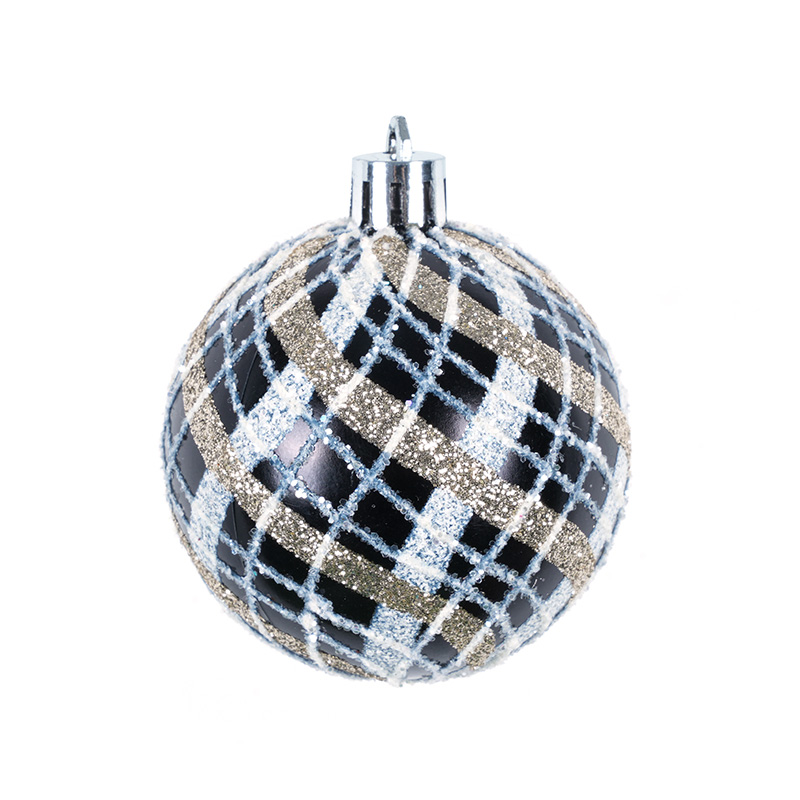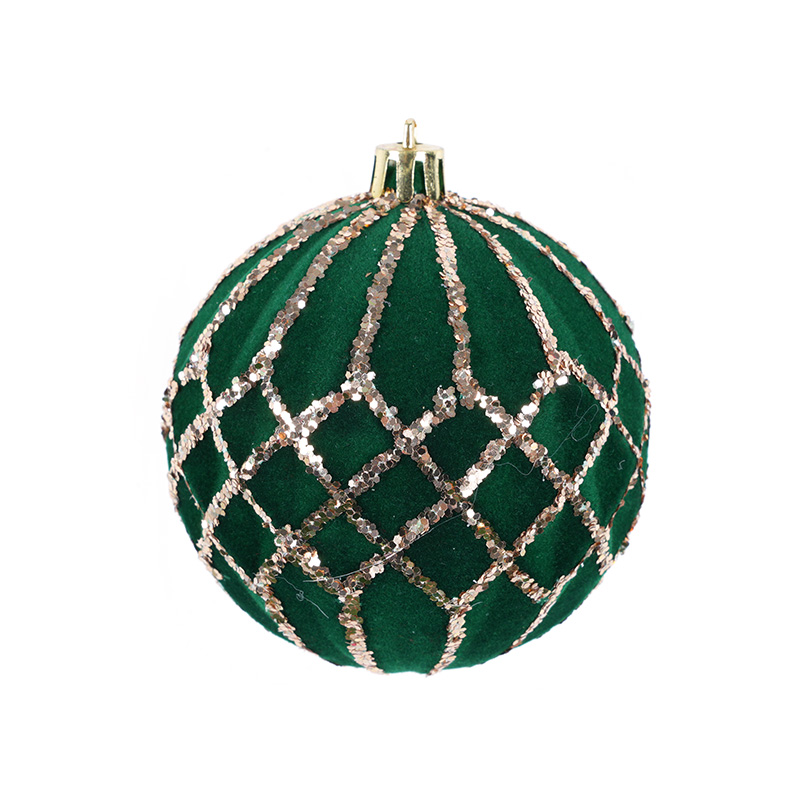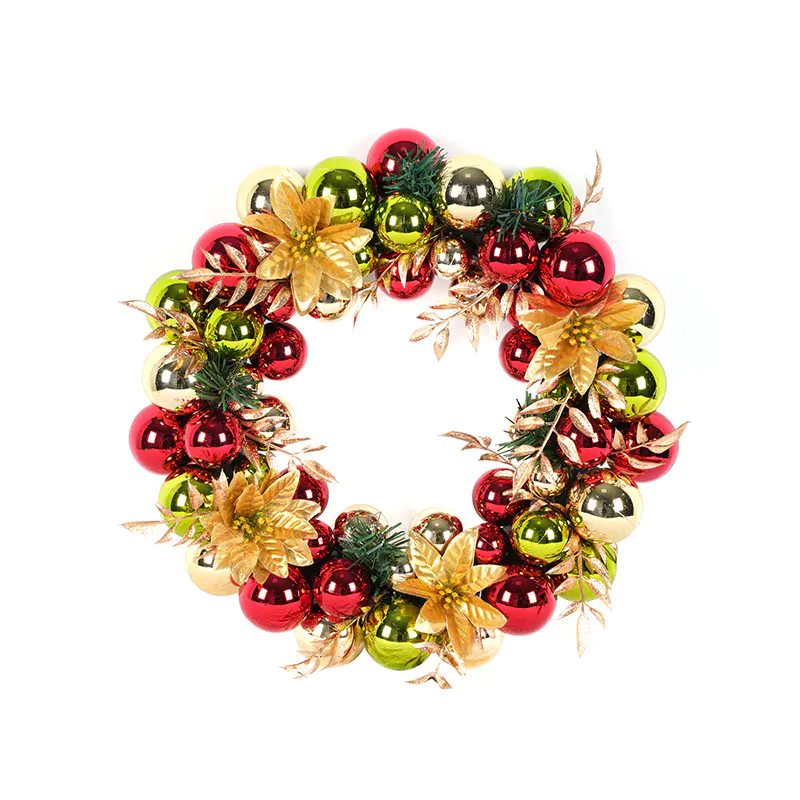
Introduction to Environmental Concerns of Holiday Decorations
Christmas Tree Wreath Decorations play a significant role in holiday festivities, adding beauty and charm to homes worldwide. However, as environmental awareness grows, many consumers are questioning whether these decorations are eco-friendly and sustainable. This article explores the environmental impact of various types of Christmas tree wreaths and discusses how to make more environmentally responsible choices during the holiday season.

Materials and Their Environmental Footprint
The environmental friendliness of Christmas tree wreath decorations largely depends on the materials used. Natural wreaths made from real pine, holly, and other greenery are biodegradable and renewable, making them a more eco-conscious choice. However, the sourcing practices matter; sustainably harvested greenery or locally sourced materials decrease carbon footprints. In contrast, wreaths made from synthetic plastics, such as PVC or other artificial foliage, raise concerns due to their non-biodegradable nature and the fossil fuels required in their production.
Reusability and Longevity
One important factor in environmental impact is whether a wreath is reusable. Artificial wreaths, despite being made from plastics, can be used for many years, potentially offsetting their initial environmental cost. Natural wreaths, although biodegradable, typically last for only one season before disposal, which could cause higher consumption rates annually. Balancing reusability with material sustainability is key to reducing overall environmental impact.
Waste and Disposal Considerations
Disposal methods also affect the ecological footprint of Christmas tree wreath decorations. Natural wreaths can be composted or used as mulch, returning nutrients to the soil without polluting landfills. In contrast, artificial wreaths contribute to plastic waste, especially if discarded improperly. Some artificial wreaths can be recycled, but recycling rates for mixed materials remain low, causing environmental accumulation.
Energy Consumption and Production Impact
Manufacturing processes for wreath decorations vary widely. Artificial wreaths require energy-intensive production, involving plastic molding, coloring, and assembly, which contributes to greenhouse gas emissions. Conversely, natural wreath production is generally less energy-demanding but may involve transportation emissions if materials are not sourced locally. Consumers should consider the entire lifecycle from production to disposal when assessing environmental impact.
Innovations in Eco-Friendly Wreath Options
In response to environmental concerns, some manufacturers are developing sustainable Christmas tree wreath decorations. These include wreaths made from recycled materials, biodegradable plastics, or responsibly harvested natural elements. Additionally, organic dyes and non-toxic adhesives are being used to reduce chemical pollution. Eco-conscious consumers can look for certifications or labels indicating sustainable practices.
Consumer Practices to Reduce Environmental Impact
Beyond the choice of wreath material, consumers can adopt practices to decrease environmental harm. These include reusing wreaths over multiple seasons, proper storage to extend lifespan, and choosing locally made products to reduce transportation emissions. Additionally, disposing of natural wreaths through composting and recycling artificial ones, where facilities exist, helps mitigate waste issues.
Making Informed Choices for Eco-Friendly Holiday Decorations
In conclusion, the environmental friendliness of Christmas tree wreath decorations varies significantly based on materials, production methods, usage patterns, and disposal. Natural wreaths offer biodegradability but limited reuse, while artificial wreaths provide durability at the expense of plastic waste. Innovations in sustainable materials and consumer mindfulness can reduce the ecological footprint of holiday décor. By considering these factors, consumers can enjoy festive decorations while supporting environmental stewardship.











